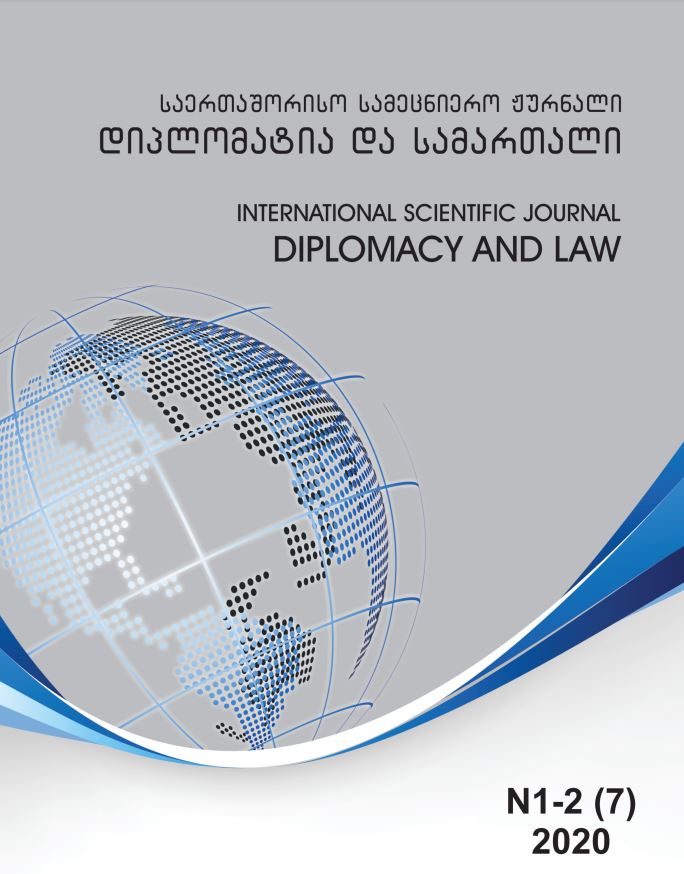Mechanisms of Formation of Auto Tourism Clusters in Georgia
Main Article Content
Abstract
The article presents the monitoring carried out by the Georgian Federation of Auto-Moto Tourism (hereinafter – GFAMT). The introduction of this direction of tourist traffi c on the territory of Georgia will create many advantages in this new direction of business. In particular, the revenues of the state and local budgets will increase, unemployment will decrease and the quality of life of the population will improve. Auto tourism clusters will create additional motivation for the development of tourist services and new roadside infrastructure: new motels, campgrounds, parking lots for cars and trailers, cafes and
restaurants, car services, etc. will open. This will increase the professionalism of service personnel and establish international service standards.
In the research are discussed the economic, environmental and cultural aspects of the general concept, and the potential for developing the direction of auto tourism, the need to clarify and adopt regulatory documents in accordance with international standards; Equipping the roadway, new, operated routes with technological and technical means; The need to organize rehabilitation and health enterprises; Creating specialized-safe, environmentally acceptable material and legal conditions for nutrition and accommodation. Providing tourism enterprises with educated personnel.
As a result of the study, the necessary conditions for the effective development of the priority areas of the auto tourism sector and the Georgian economy were identifi ed: a) popularization of the country’s regions abroad; b) stimulating business development; c) attraction of investments; d) creating diversity in the field of tourist service facilities; e) Increase in income from tourism, etc.
The analysis showed that for the creation and formation of effective tourist auto clusters and for the development of tourism, it is necessary to adopt the experience of the leading tourist countries of the world.
